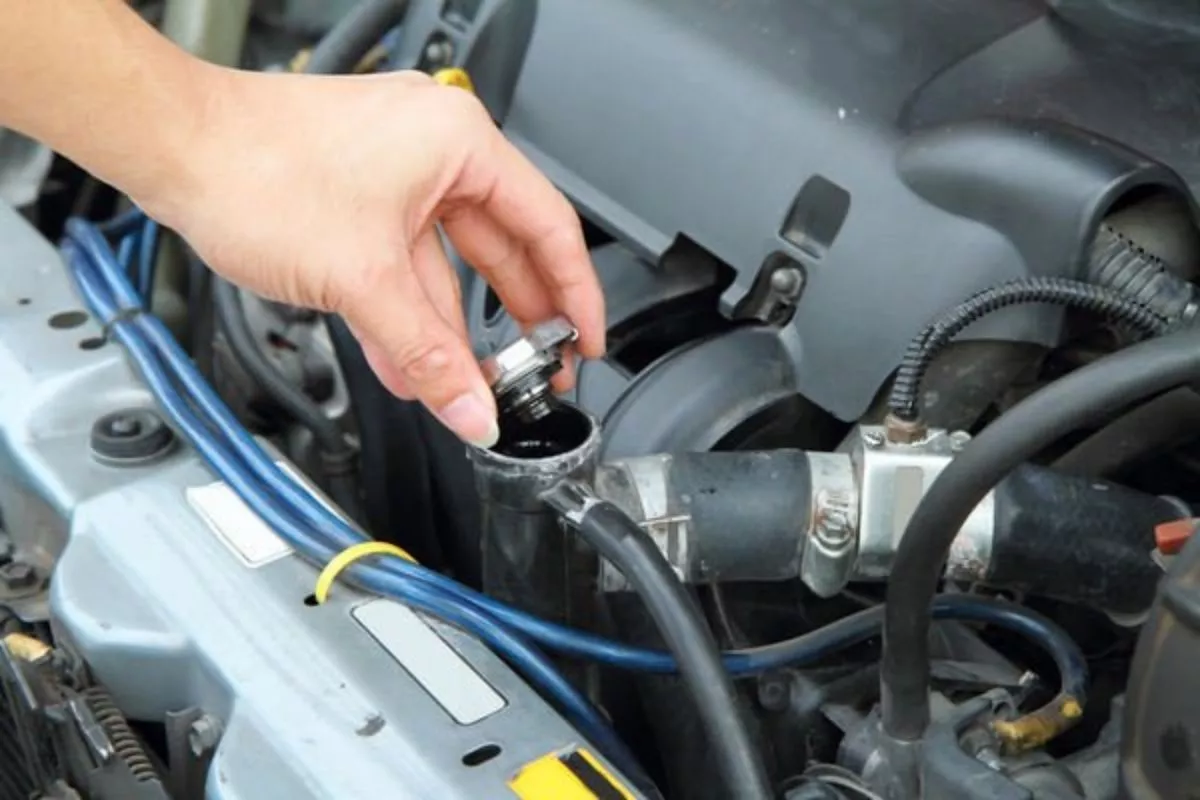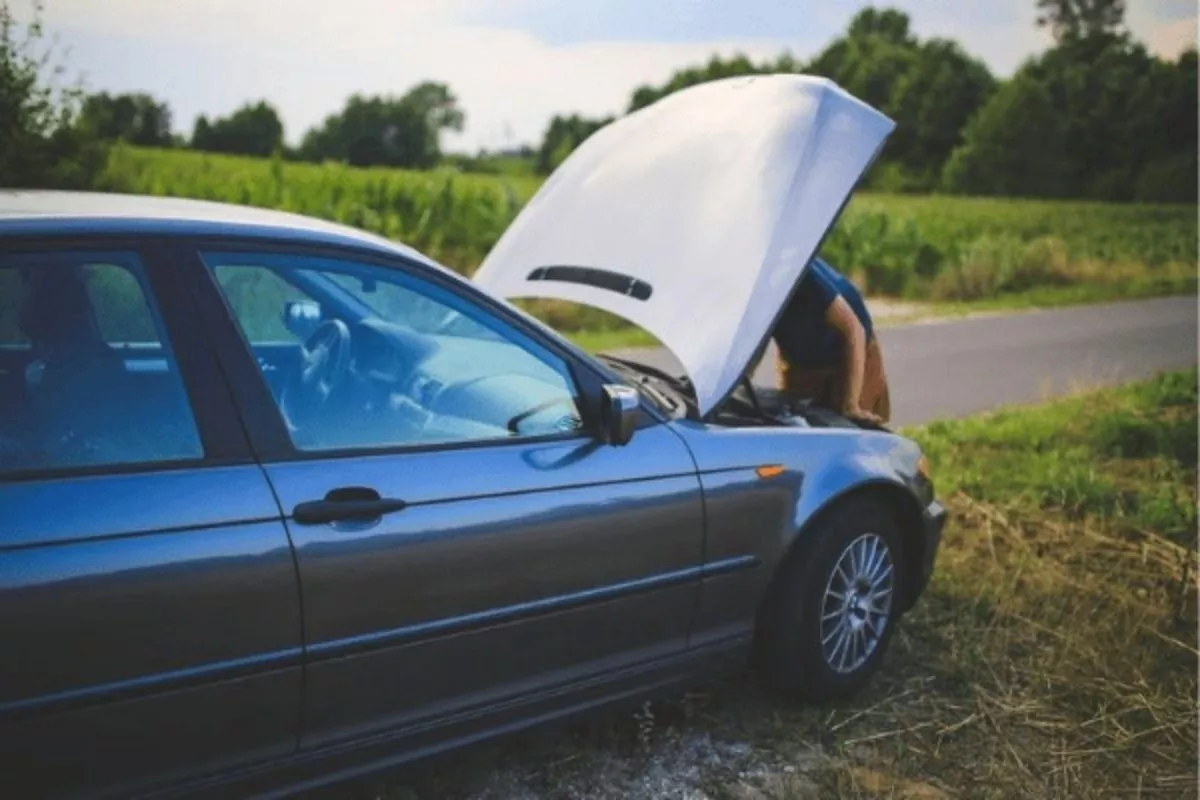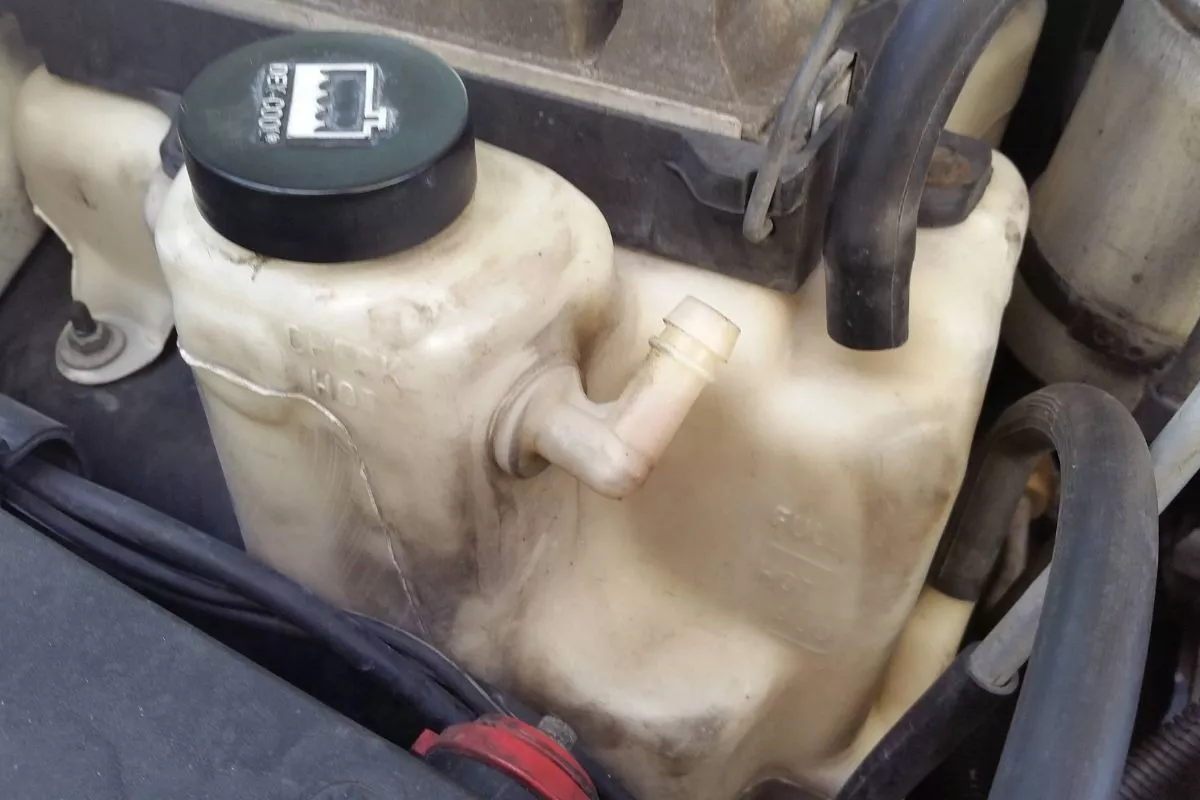As its name implies, a radiator cap ensures that the coolant inside the radiator doesn’t escape. So, while people might consider this part as something akin to a water bottle cap, its function actually goes beyond that.
The reason for this is that a radiator is a fluid-based heat exchange device, sometimes the fluid can overflow due to increased pressure. Combine that with the fact that the radiator is an enclosed space, it will expand further and pressurizes the radiator even more.

It's a good idea to check fluid levels before starting your car in the morning
To address this, modern caps are able to reroute the fluid towards reservoir tanks. Once the radiator cools down, the fluid inside the reservoir returns to the main system. This way, a radiator cap avoids spills, loss of coolant, and eventual overheating.
Other than preventing spillage, a radiator cap also keeps the cooling system pressurized. Without pressure, the cooling fluid cannot flow properly. This results in many problems, which might even lead to engine damage if left unattended.
So, what are the signs of a bad radiator cap and how much does one have to fork out to replace it? Let’s find out.
>>> Related: 6 Steps to Fix Car Radiator
What are the signs of a bad radiator cap?
Overheating
One possible sign that something is wrong with your radiator cap is overheating. If the cap can’t manage to maintain the cooling system’s pressure, coolant won’t be able to flow properly to the engine.

Note that overheating is one of the worst possible outcomes of a bad radiator cap
Radiator caps that can’t seal the radiator might also cause air to find its way into the car’s cooling system. When this occurs, the system will have difficulties in keeping a constant ideal operating temperature.
Leaking coolant
If the radiator cap itself has bad gaskets, expect your car to the puke coolant. If it has gotten stuck and cannot vent, the build-up in pressure might also cause the hot fluid to burst out of the radiator.
>>> Related: The Safest Way on How to Put Water in a Car Radiator & Other Essential Facts
Collapsed radiator hoses
A faulty radiator cap can also cause the radiator hose to collapse. This can happen when the radiator cools down, and it might even cause structural damage to the hose itself.
A radiator cap that fails to vent and redirect coolant fluid to the reservoir can also bloat and even tear up hoses.
How to tell if you have a bad radiator cap?
Before experiencing the symptoms mentioned above, we recommend checking the radiator cap on a regular basis. Before screwing off the cap though, make sure that your radiator has cooled down first. If not, then this might happen:
Crazy Radiator Explosion
Signs that you have to watch out for are tears on the radiator cap gasket. Without a proper seal, a cap cannot maintain pressure.
The spring on the radiator cap should also be able to move up and down. If it can’t do that, the cap won’t be able to redirect fluid into the overflow tank.
Also, check the structural integrity of the cap itself. If it’s too rusty, it might have trouble keeping an airtight seal, or it won’t even seat properly on the radiator.

A typical overflow tank looks like this
If you really want to be certain. You can take your vehicle to a radiator specialist and have your cooling system pressure checked. Note that loss of pressure can stem from multiple sources and not just your radiator cap.
>>> Related: Step-by-step guide to check and replace a failing car radiator
How much does it cost to replace a radiator cap in the Philippines?
In the Philippines, the price of a replacement radiator cap will depend on the make and model of a vehicle. A typical replacement cap however might cost somewhere between Php 200 to Php 1,000 and more.
A word of advice before buying a replacement radiator cap: make sure it is compatible with your car. Just to be sure, consult your car manual, or better yet, contact your car’s dealership.
For more helpful car maintenance articles, keep reading here on Philkotse.com.
FAQs about radiator caps
1. What happens if I open a radiator when it is hot?
Answer: If you open a radiator while it’s hot, the boiling coolant might burst out of the radiator. The hot fluid can cause burns.
2. How often should I replace a radiator cap?
Answer: You should only replace a radiator cap if it is damaged.
3. Can a bad radiator cap cause overheating?
Answer: Yes, a bad radiator cap can cause overheating.
4. Can I drive a car without a radiator cap?
Answer: Yes, you can, but once the temps increase, fluid will boil over out of the coolant reservoir. This will cause you to lose coolant.
5. How long can a radiator cap last?
Answer: Around eight to ten years.
Recent posts
- Car maintenance: How to check the engine's good coolant level Nov 30, 2022
- A guide with 4 DIY steps to deal with car radiator leak Aug 17, 2022
- Basic care tips for car radiator that every driver should know Aug 17, 2022
- Causes and remedies for overheating automobile engines Mar 06, 2021
- Distilled water vs Coolant: Which is the best product for your radiator? Mar 06, 2021












